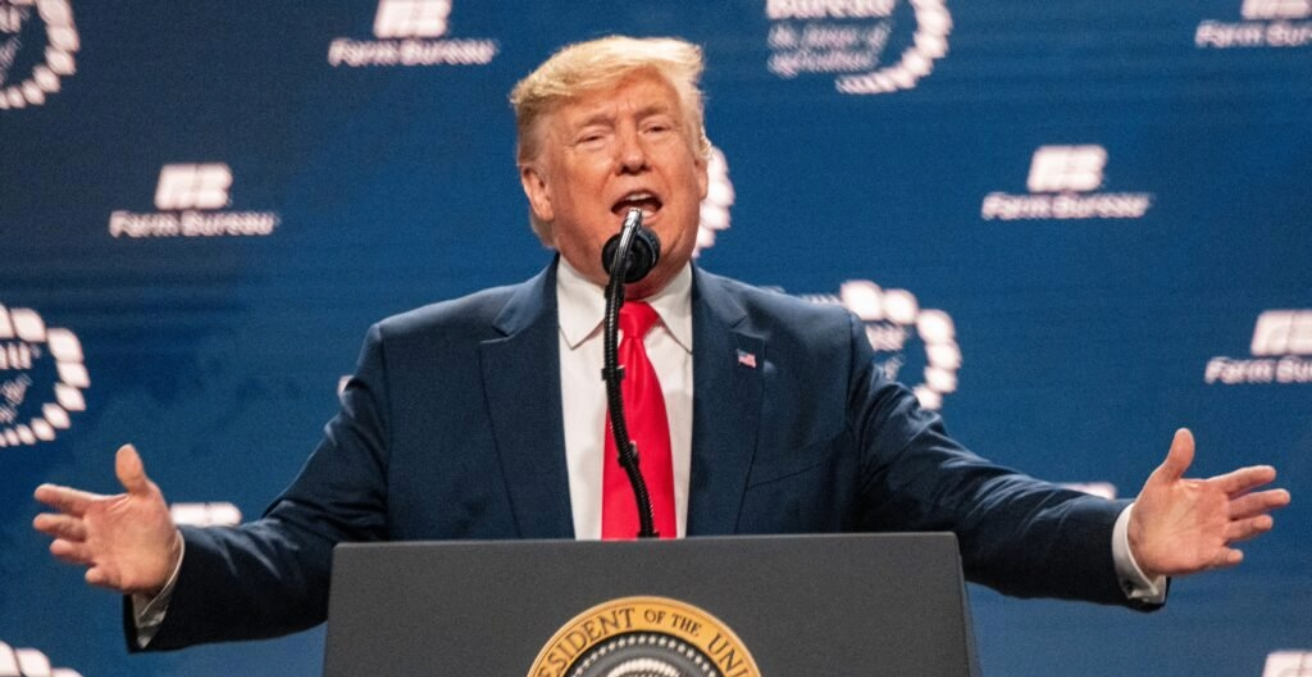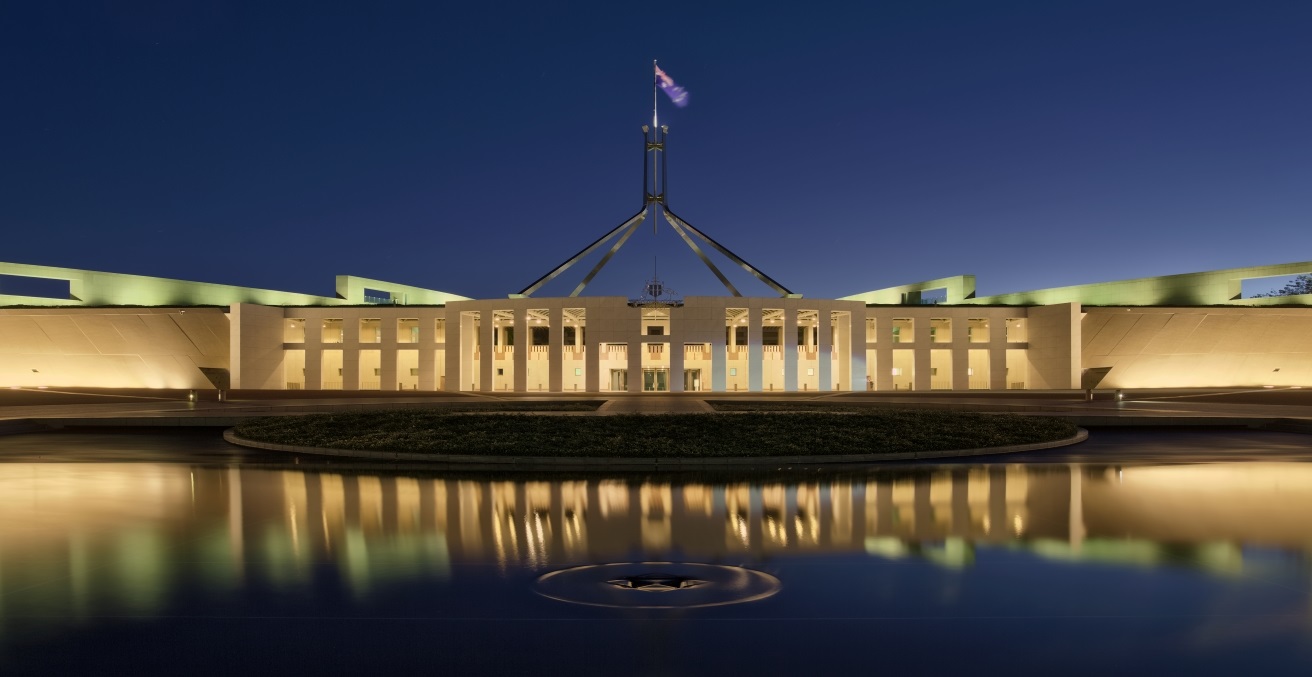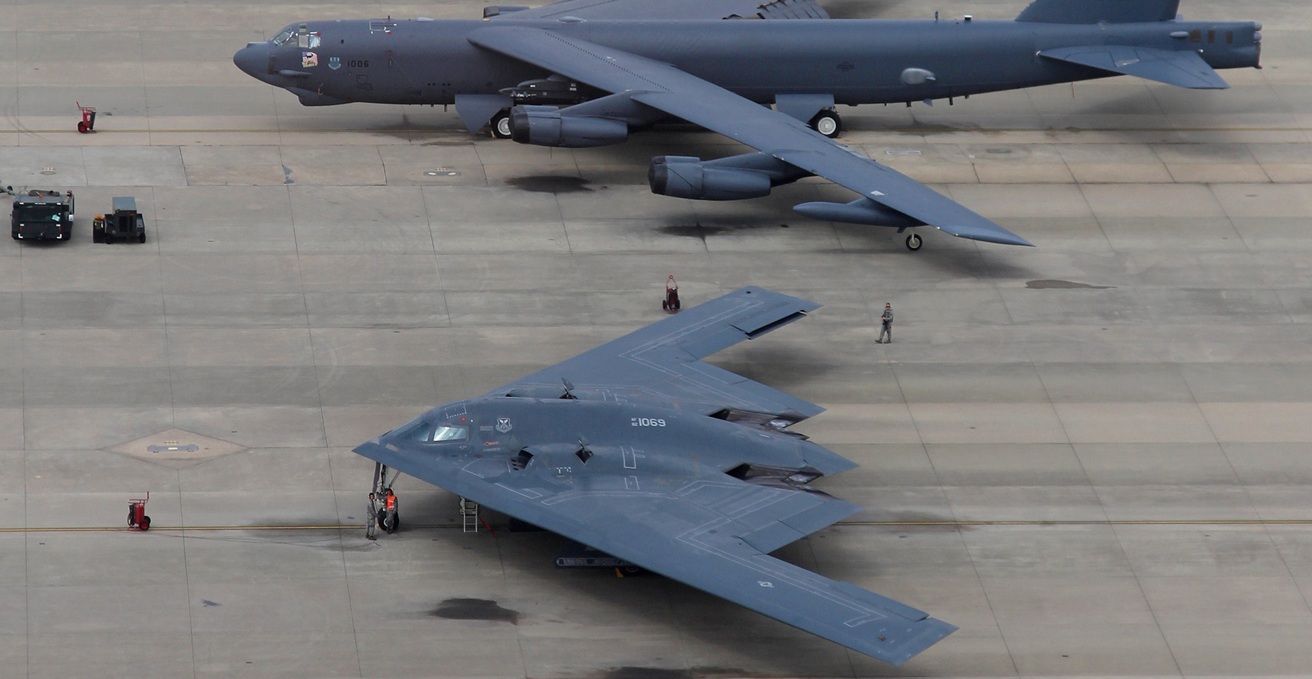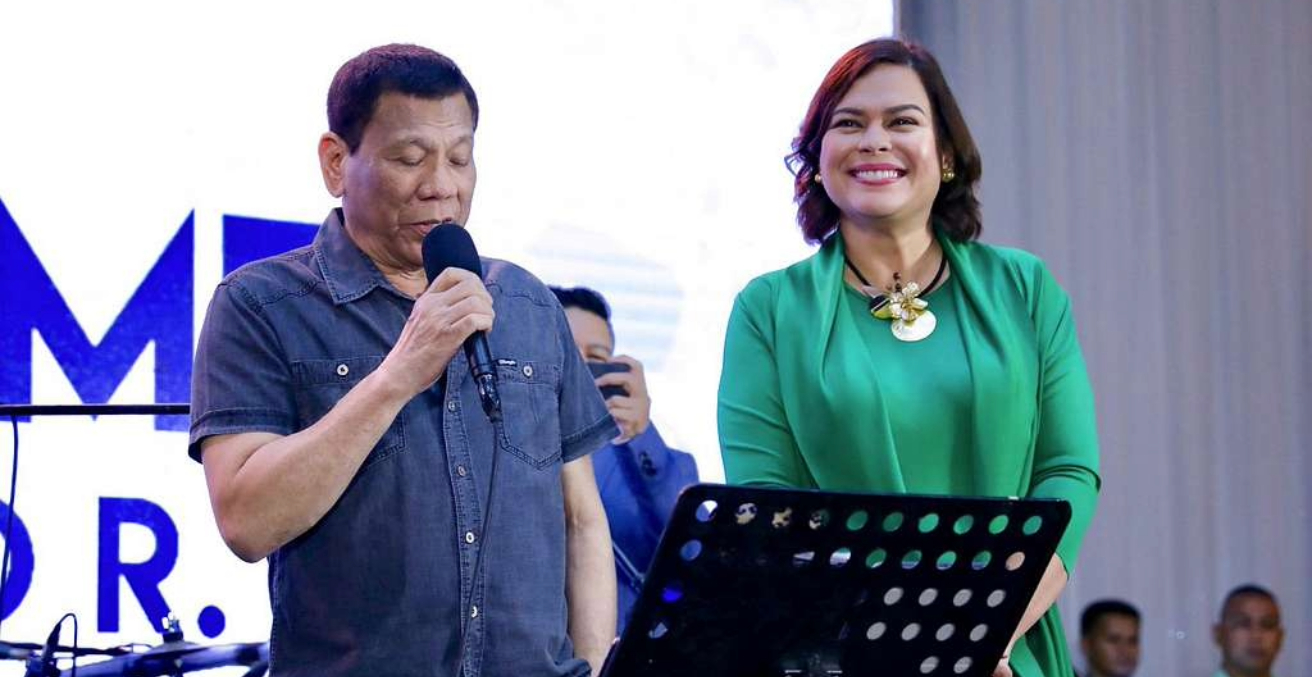In October 2024, four key Southeast Asian countries became partners of BRICS, making the organisation much closer to home for Australians. So why have Thailand, Malaysia, Indonesia, and Vietnam put themselves on a path to membership?
What is BRICS?
BRICS was established in 2009 by Brazil, Russia, India, China, and South Africa and is viewed as a group of emerging economies that work together to strengthen economic ties and limit the leverage of the US in global financial and trading systems.
In 2023, BRICS decided to expand the membership by inviting Argentina, Egypt, Ethiopia, Iran, UAE, and Saudi Arabia to take part. With most of these joining (apart from Argentina and Saudi Arabia), BRICS is now a group of nine official members. In total, the member economies account for around 28 percent of the global economy, which is equivalent to more than US$28.5 trillion.
At the BRICS summit hosted by Russia, 13 nations were added as “partnering countries,” including Thailand, Malaysia, Indonesia, and Vietnam. As partners, these Southeast Asian countries may enhance further cooperation with BRICS members towards becoming official members of BRICS.
The Trump factor
Being sandwiched in major power competition, most of Southeast Asian countries often choose to hold a neutral “hedging” stance between the US and China. However, the uncertainties of the Trump era may be changing the calculations of ASEAN states. Jamil Ghani from the S. Rajaratnam School of International Studies (RSIS) argues that “This Trump 2.0 presidency could push Southeast Asian countries to explore closer ties with BRICS, motivated by concerns over US economic policies.” These concerns include Washington’s absence from multilateral trade agreements like the Comprehensive and Progressive Agreement for Trans-Pacific Partnership and Regional Comprehensive Economic Partnership, and Trump’s protectionist policies, established under his first tenure against other states with which the US is in a trade deficit, even if they are American allies.
Concerns about US commitment and economic leadership in the Indo-Pacific and the potential for President Donald Trump to weaponise economic power are factors that may push ASEAN countries closer to BRICS. Examples likes the creation of the BRICS Grain Exchange in October 2024 is seen as an opportunity for Southeast Asian countries to diversify and stabilise export markets. This is appealing for Malaysia and Indonesia, which produce about 80 percent of palm oil globally. For Thailand and Vietnam, its participation in BRICS may help Bangkok and Hanoi diversify its rice export markets and provide resilience against price volatility.
Strategic calculations
That said, each of the Southeast Asian countries that are participating in BRICS have their own distinct national goals. Malaysia, Thailand, and Indonesia may seek full membership of BRICS, while Vietnam is taking a cautious approach.
For the Malaysia-Thailand-Indonesia trio, the focus is mainly on economic benefits and increased funding for improving infrastructure, particularly investments from BRICS’ New Development Bank (NDB). The NDB was founded in 2015 with a view to providing resources to BRICS member states and developing countries. Taking part in BRICS may also help these countries strategically balance in the geopolitical rivalry between Washington and Beijing and maintain their autonomy amid regional and global uncertainties.
For Malaysia, the decision to join BRICS aligns with Prime Minister Anwar Ibrahim’s foreign policy of balancing between two major powers. has Anwar affirmed that participation in BRICS is guided by economic and trade interests. In this regard, as a maritime nation, Malaysia can open up an avenue for rising trade and investment through economic cooperation with BRICS member states.
Indonesia under the leadership of President Prabowo Subianto has been seeking the status of a global middle power and raising its influence in the Global South; participating in BRICS may help to enhance its leverage on the global stage. President Prabowo Subianto also wants the country to obtain economic gains from BRICS: “We want to join various economic blocs because we want to find the best opportunities for our own economy, we need to think of our economic health for our own people,” he has said.
Similarly, for Thailand, participation has been justified as contributing to economic and diplomatic purposes by leveraging diverse platforms. In the case of Vietnam, engagement in BRICS advances its multidirectional and diversified foreign policy, which prioritises relations with regional and global organisations.
However Hanoi is still “waiting and seeing” since it does not want to put itself in a confrontational position against the US and impair relations with the US and the EU, the two largest importers of its products. Compared with other BRICS partnering states from Southeast Asia, Vietnam has a different view on this multilateral organisation which may require a longer process of internal deliberation.
Australia has said it wants to be a partner of choice in Southeast Asia. This means that it needs to understand the motivations behind Southeast Asian countries moving closer to BRICS—as a strategic way to maintain autonomy and offset uncertainties and challenges from Trump’s protectionist economic policy.
Melissa Conley Tyler FAIIA is the Executive Director of the Asia-Pacific Development, Diplomacy & Defence Dialogue (AP4D). She served as National Executive Director of the Australian Institute of International Affairs from January 2006 to March 2019. Viet Dung Trinh is an intern with AP4D.
This article is published under a Creative Commons License and may be republished with attribution.




